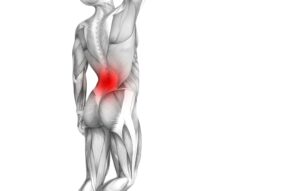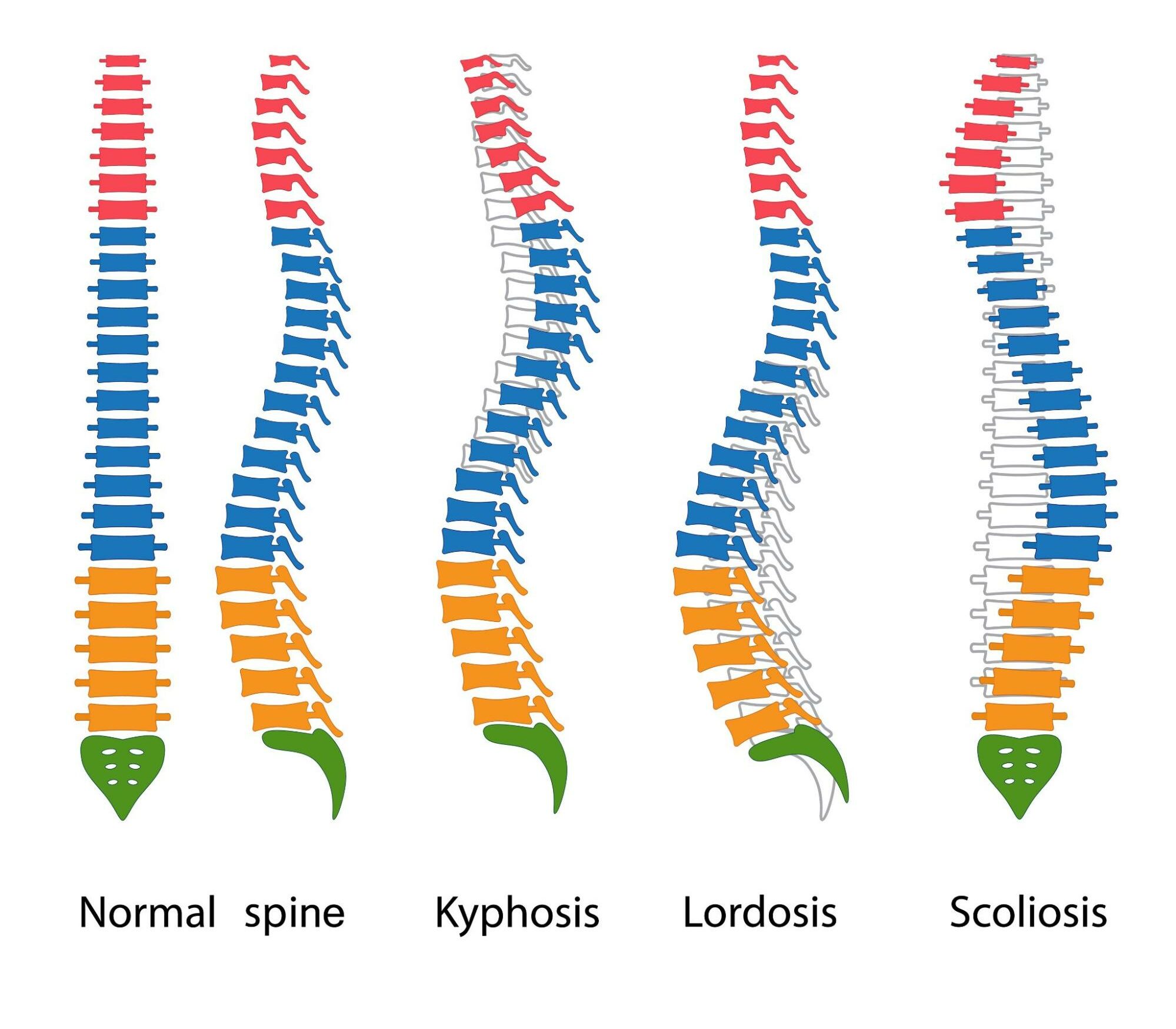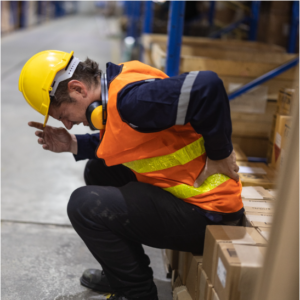If you wake up every morning with back pain, you’re not alone. Experts estimate that as much as 80% of the population will experience a back problem at some point in their lifetime. Back pain varies from muscle discomfort to sensations of shooting, burning, or stabbing that may also extend down the leg. Determining the cause of back pain is essential in developing a treatment plan.
While sports injuries or accidents can cause back pain, sometimes the simplest movements, like picking up something off the ground, can have painful results. Unfortunately, it can be difficult to pinpoint what is causing your back pain. Below are some factors that may cause your back pain.
Strains and Sprains

Muscle strains and sprains are the most common causes of lower back pain. Activities that can lead to strains or sprains include:
- Lifting something improperly
- Lifting something too heavy
- Making an abrupt and awkward movement
A muscle sprain occurs when ligaments (the tough bands of tissue that connect two bones together in a joint) are torn or overstretched from their attachments. On the other hand, a muscle strain is caused when the muscle fibers or tendons are overstretched or torn.
Disc Injury

A spinal disc has a soft, jellylike center (nucleus) encased on a tougher, rubbery exterior (annulus). Sometimes the nucleus pushes out through a tear in the annulus and can irritate a nearby nerve, which is known as a herniated disc. Most herniated discs occur in the lower back, although they can also occur in the neck.
Spinal Stenosis

Spinal stenosis is a narrowing of the spaces within the spine, which can put pressure on the nerves that travel through the spinal cord. The most common cause of spinal stenosis is wear-and-tear changes in the spine related to osteoarthritis. Common symptoms include:
- Numbness or tingling in a hand, arm, foot or leg
- Pain or cramping in one or both legs
- Weakness in a foot or leg

Abnormal Spine Curvatures
There are three main types of spine curvature disorders, including:
- Lordosis: The spine curves significantly inward at the lower back
- Kyphosis: An abnormally rounded upper back (more than 50 degrees of curvature)
- Scoliosis: The spine curve is often S-shaped or C-shaped
Abnormal spine curvatures are usually first diagnosed during childhood or adolescence. The abnormal curvature can cause significant pain and poor posture because it places pressure on the muscles, tendons, ligaments, and vertebrae.
Bone Disease

Bone diseases such as osteoarthritis and osteoporosis can lead to back pain by affecting the structural integrity of the spine. Osteoarthritis, characterized by the degeneration of joint cartilage, can result in bone-on-bone friction within the spine, causing discomfort. On the other hand, osteoporosis, which reduces bone density, weakens the vertebrae, making them susceptible to fractures and compression. These conditions collectively compromise the spine’s stability and alignment, often contributing to varying degrees of persistent back pain.
Movement and Posture

Unsupported postures can cause the weight on your spine to disperse incorrectly, which can weaken the tissues in your lower back. As a result, the muscles, discs, and joints in the back are pushed beyond their limit, causing back pain. Similarly, a sudden injury from lifting a heavy object incorrectly can cause back pain and dysfunction.
When to See a Doctor
Most instances of back pain typically respond well to self-care and at-home remedies, often showing improvement within a matter of weeks. Consult a medical practitioner if you experience the following:
- Back pain that persists beyond a few weeks.
- Back pain that Is intense and fails to alleviate even with rest.
- Pain radiates down one or both legs, particularly extending below the knee.
- If you experience weakness, numbness, or tingling in either leg.
- If the back pain is accompanied by unexplained weight loss.
While rare, it’s important to note that back pain can sometimes be indicative of a serious medical issue. Seek immediate medical attention if:
- The back pain is linked to new bowel or bladder problems.
- A fever accompanies the back pain.
- The pain follows a fall, impact to the back, or any other form of injury.

At Comprehensive Medical Care, our skilled team of physicians and therapists specialize in creating a personalized treatment strategy with each individual patient’s goals and condition in mind. We are dedicated to providing the highest quality of non-surgical care for back pain in a welcoming, caring environment. If you are experiencing back pain, contact our team today.




